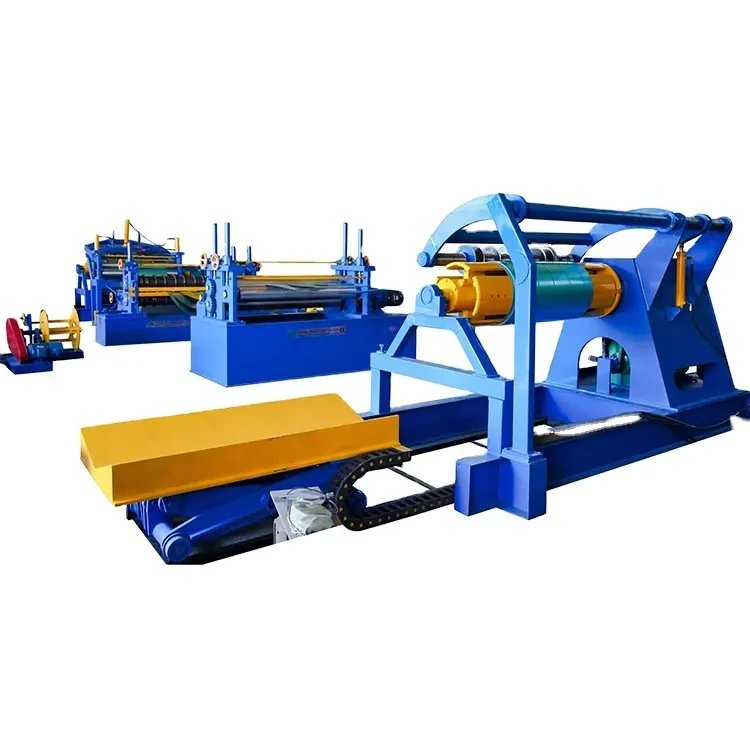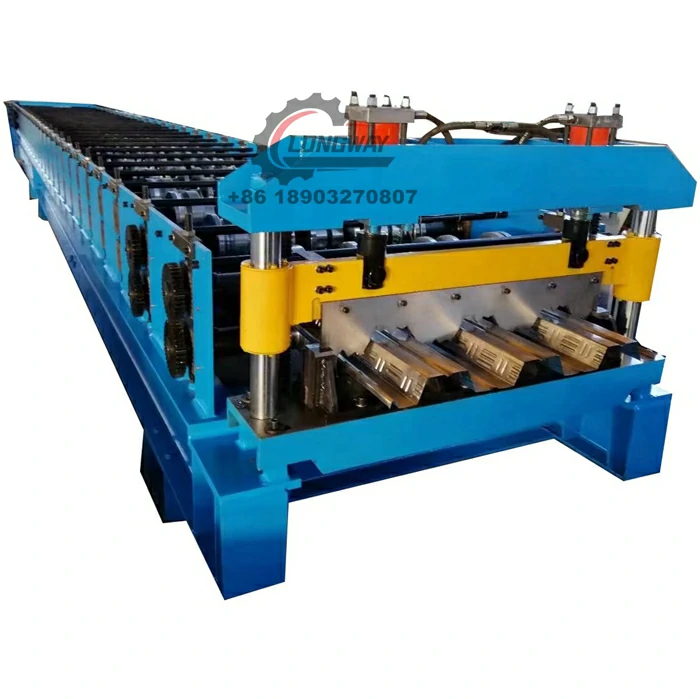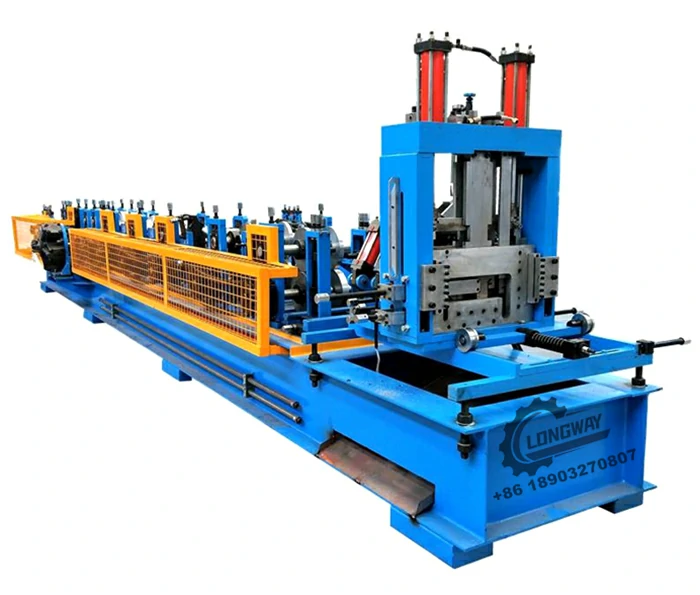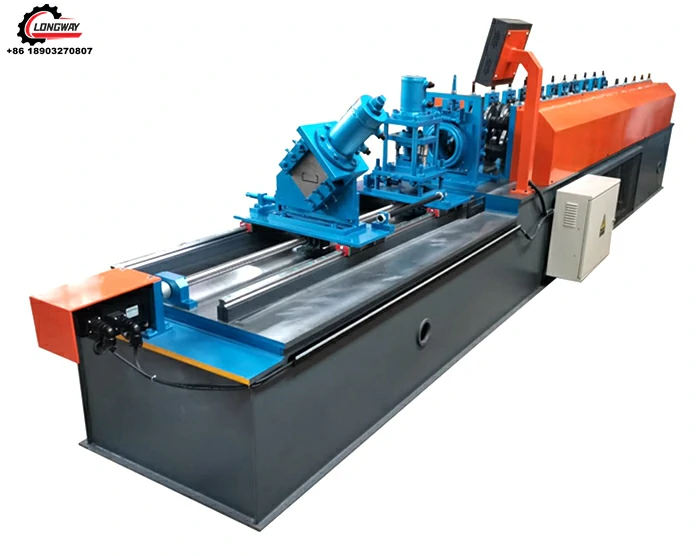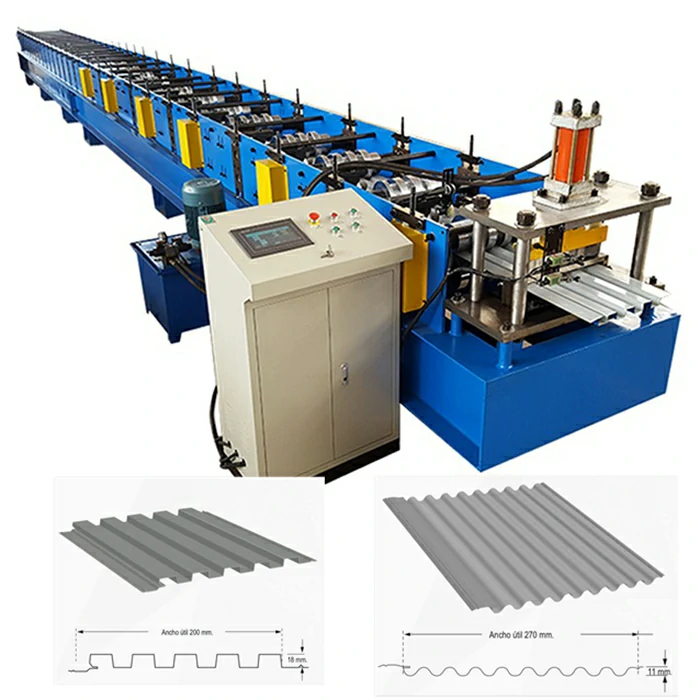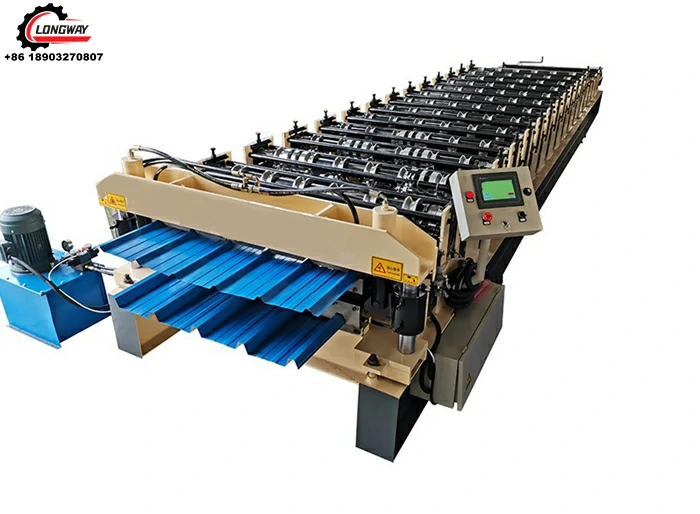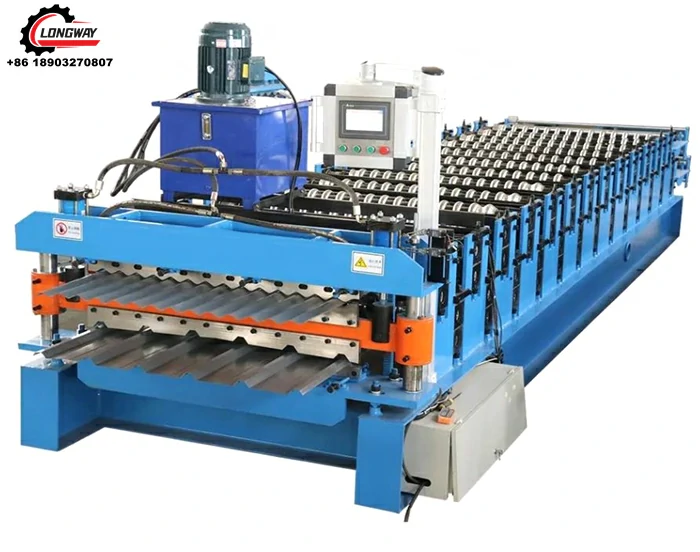Reliable Channel Rolling Machines for Industrial Excellence
Why the Channel Rolling Machine Still Owns the Floor in Fabrication
After a couple of decades in industrial equipment, I’ve seen trends come and go, but the channel rolling machine keeps proving its worth. It’s one of those tools that feels simple yet packs a serious punch in versatility and output. Especially when you work in steel fabrication — it’s hard to imagine the production line without one.
What struck me early on was how it effortlessly transforms flat steel strips into strong, U-shaped channels that serve everywhere from construction to automotive. If you ask any seasoned engineer, they’ll tell you these machines aren’t just equipment — they’re the backbone of precision metal forming.
Of course, not every channel rolling machine on the market is built alike. That’s why when I first stumbled upon a channel rolling machine from LW Roll Forming, I noticed a subtle but important difference: intelligent design choices that balance performance with ease of use. It’s not just about cranking out shapes; it’s about doing it with minimum fuss and downtime. And frankly, that’s gold in industrial settings.
The Modern Features Behind Durable Channel Rolling Machines
Let me paint you a clearer picture. Most of these machines come with robust steel frames—essential if you want stability during the roll forming process. Then there’s the roller system. High precision rollers made of hardened alloy steel carry the main load here, shaping the steel channel as it passes through. The roller diameter and the number of stands within the machine can significantly affect the speed and quality of output. I’ve seen setups with anywhere from 7 to 15 stands, and the difference in smoothness is tangible.
Another big deal is the control system. The latest models tend to rely on PLC (Programmable Logic Controller) systems paired with easy-to-use HMI (Human-Machine Interface) touchscreens. This setup not only makes operation straightforward but allows rapid adjustments on the fly—ideal when customer specs change, which they often do.
Oh, and wasn’t it entertaining hearing the chatter at trade shows about “roll forming accuracy”? Beyond just the machine specs, it’s about material consistency, tooling quality, and careful adjustments. You can’t really fake precision, and many a rookie operation has learned that the hard way.
Channel Rolling Machine Specifications — What to Expect
| Specification | Typical Value |
|---|---|
| Material Type | Cold Rolled Steel / Galvanized Sheet |
| Roller Stations | 10 - 14 sets |
| Processing Speed | 8 - 15 m/min (variable) |
| Max Material Thickness | 3.5 mm |
| Power Supply | 380V, 50Hz, 3 Phase |
| Control System | PLC + Touch screen HMI |
Comparing Channel Rolling Machines: What Sets Vendors Apart?
| Feature | LW Roll Forming | Competitor A | Competitor B |
|---|---|---|---|
| Roller Material | Hardened Alloy Steel | Hardened Steel | Standard Steel (less hardened) |
| Frame Construction | Reinforced Welded Steel | Bolted Frame | Welded Frame |
| Control System | Advanced PLC + HMI | PLC Only | Basic Controls |
| Customization Options | Wide range of sizes & profiles | Limited to standard | Few options |
| After-Sales Service | 24/7 Support + Spare Parts | Business Hours Only | Limited Warranty |
To give you a bit of inside info, one project I was part of involved an urgent order for custom-sized steel channels for a bridge reinforcement job in the Midwest. LW Roll Forming stepped up-sized and delivered not only fast production but also on-site technical support. That kind of reliability — it sticks with you.
In real terms, those small things make a massive difference when lines have to keep moving with minimal interruption. The ease of adjusting parameters on the PLC and the rigid machine frame meant less scrap and safer operation — always a win.
So, if you’re in the market for a channel rolling machine that delivers on both flexibility and durability, it’s worth diving into the specs and vendor backgrounds thoroughly. The upfront research saves weeks later.
Just my two cents from the shop floor. Machines matter, but people and partnerships matter just as much.
References and musings:
- Industry reports on roll forming equipment trends, 2023
- Technical manuals for channel rolling machines (personal archive)
- Case studies from recent bridge reinforcement projects
-
Corrugated iron roofing sheet making machine with CE, AutoNewsNov.17, 2025
-
3mm Steel C U Channel Roll Forming Machine, Heavy DutyNewsNov.17, 2025
-
Calamima Micro Ondulada corrugated roof sheet machine - CNCNewsNov.17, 2025
-
Metal Roofing Roll Former for Sale Companies - Fast, PreciseNewsNov.17, 2025
-
Drywall Steel L Angle Bar forming machine | Fast, PreciseNewsNov.17, 2025
-
Corrugated Iron Roofing Sheet Making Machine, Fast & DurableNewsNov.11, 2025
-
Corrugated Metal Roofing Machine | High-Speed, Precise, CENewsNov.11, 2025
